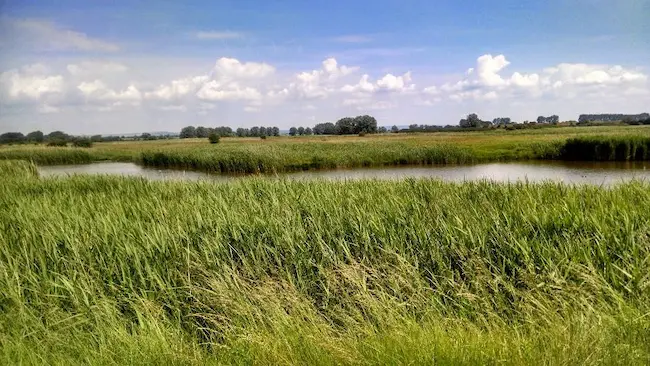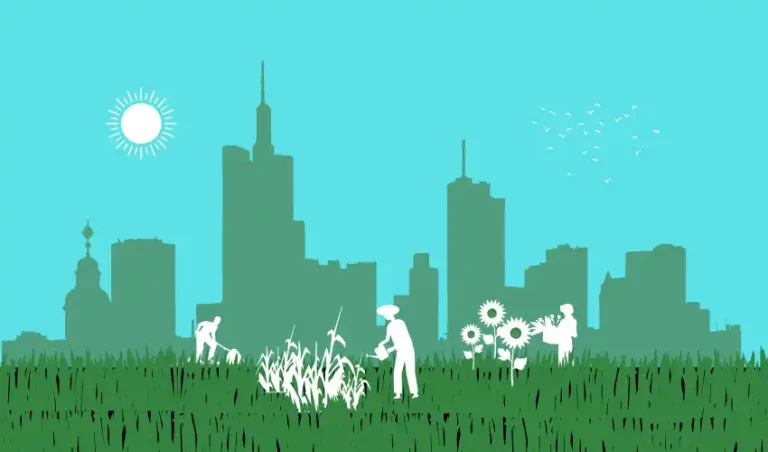What is Urban Rewilding: Overview and Examples
Urban rewilding is an innovative approach to restoring natural habitats and biodiversity within urban areas. It involves transforming city spaces, such as parks, abandoned lots, and riverbanks, into thriving ecosystems that support wildlife and plant growth.
Here we’ll explain what urban rewilding is, its key features, and provide example case studies of successful urban rewilding projects.
What is Urban Rewilding?
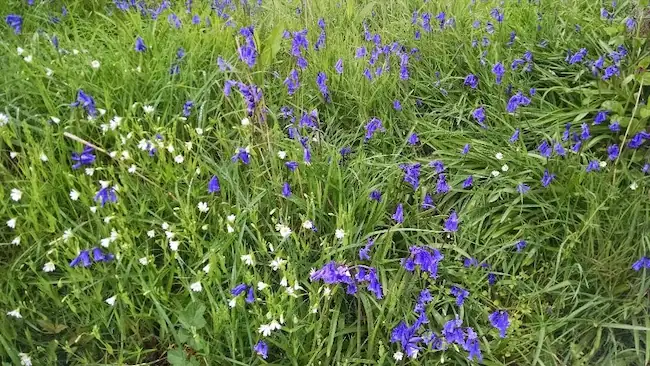
Urban rewilding is the process of reintroducing natural processes and native species into urban settings. This concept is gaining momentum as cities worldwide recognise the benefits of reintroducing nature into urban environments, both for ecological balance and the well-being of residents.
The goal is to create self-sustaining ecosystems that require minimal human intervention. This contrasts with traditional urban landscaping, which often involves high maintenance and the use of non-native species.
Rewilding aims to restore natural habitats, enhance biodiversity, and provide green spaces for city dwellers to enjoy.
Key Features of Urban Rewilding
Native Plant Restoration
One of the fundamental aspects of urban rewilding is the reintroduction of native plant species. Native plants are better adapted to the local climate and soil conditions, and they provide essential resources for native wildlife.
By planting native flora, urban rewilding projects create habitats that support local ecosystems and promote biodiversity.
Creation of Wildlife Corridors
Urban areas often fragment natural habitats, making it difficult for wildlife to move freely. Urban rewilding addresses this issue by creating wildlife corridors. These are strips of natural habitat that connect isolated green spaces.
These corridors allow animals to migrate, find food, and reproduce, which is crucial for maintaining healthy populations.
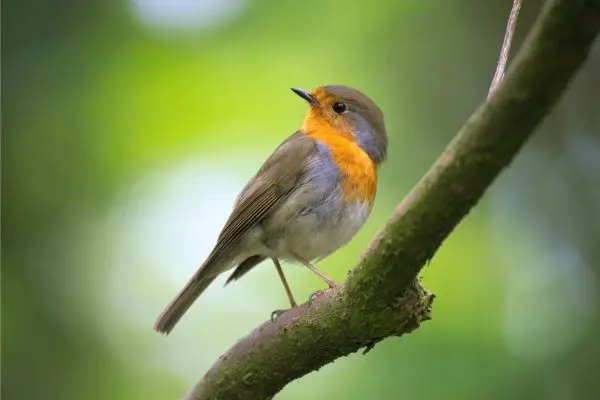
Water Management
Rewilding projects often incorporate natural water management techniques, such as creating wetlands or restoring rivers.
These features help manage stormwater, reduce flooding, and improve water quality. Wetlands, for example, act as natural filters, removing pollutants from water before it reaches larger bodies like rivers and lakes.
Reduced Human Intervention
A core principle of rewilding is to minimise human intervention once the initial restoration is complete. This allows natural processes to take over, promoting a self-sustaining ecosystem.
Over time, rewilded areas can adapt and evolve, supporting a diverse range of species without the need for constant management.
Benefits of Urban Rewilding

Urban rewilding offers numerous benefits, both for the environment and for residents. Below are key benefits to consider:
Challenges to Urban Rewilding

While urban rewilding offers numerous benefits, it also presents challenges that need to be addressed for successful implementation. Understanding these challenges can help planners, city officials, and communities better prepare for and overcome potential obstacles.
Space Constraints
Finding suitable locations that can be converted into natural habitats without disrupting existing urban infrastructure is a significant challenge. This limitation requires innovative solutions, such as utilising rooftops, vertical spaces, or repurposing underused or abandoned areas.
Balancing Human and Wildlife Needs
Ensuring that rewilded areas remain safe and welcoming for residents while supporting diverse ecosystems can be complex. This involves careful planning to design multi-functional spaces that accommodate both human and wildlife activities.
Public Perception and Engagement
Some residents may have concerns about changes to their local environment, potential increases in wildlife, or perceived risks such as increased pest populations. Effective communication, education, and community engagement are essential to address these concerns and build public support.
Funding and Resources
Urban rewilding projects require significant financial investment for planning, implementation, and initial maintenance. Securing this funding is challenging when a direct financial return is not present.
Additionally, there is a shortfall of available expertise in the field that can hinder resourcing of projects.
Regulatory and Legal Issues
Different jurisdictions may have varying regulations concerning land use, environmental protection, and wildlife management. Obtaining the necessary permits and ensuring compliance with local laws requires thorough understanding and coordination with regulatory bodies.
Maintenance and Management
While one of the goals of rewilding is to reduce human intervention over time, initial maintenance and management are still required to establish self-sustaining ecosystems. This includes controlling invasive species, monitoring plant and animal populations, and managing human activities in rewilded areas.
Climate and Environmental Factors
Urban areas often have unique microclimates and environmental conditions that can impact rewilding efforts. Factors such as soil quality, water availability, and pollution levels must be considered when planning rewilding projects. Adapting rewilding strategies to suit these conditions is essential for the success and resilience of urban ecosystems.
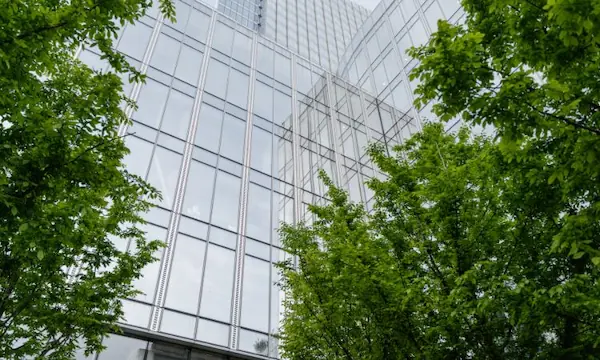
Example Urban Rewilding Case Studies
London: Walthamstow Wetlands
Walthamstow Wetlands, located in northeast London, is a great example of urban rewilding. This 211-hectare site, once a series of Victorian reservoirs, has been transformed into Europe’s largest urban wetland nature reserve.
The project involved the restoration of wetland habitats, the introduction of native plant species, and the creation of visitor facilities. Today, Walthamstow Wetlands supports a diverse range of wildlife, including birds, bats, and amphibians, and provides a vital green space for local residents to enjoy.
New York City: High Line
The High Line in New York City is another successful urban rewilding project. This elevated linear park was created on a disused railway track, running through Manhattan’s West Side.
The project involved planting a variety of native plants along the 1.45-mile-long park, creating a unique green space in the heart of the city. The High Line now serves as a habitat for urban wildlife and a recreational space for residents and visitors.
Singapore: Bishan-Ang Mo Kio Park
Bishan-Ang Mo Kio Park in Singapore demonstrates how urban rewilding can integrate natural landscapes into city infrastructure. The project transformed a concrete canal into a naturalised river, creating a vibrant park with wetlands, meadows, and woodland habitats.
This rewilding effort not only improved biodiversity, but also enhanced flood management and provided a scenic recreational area for the community.

Urban Rewilding: Part of a Sustainable Future
Urban rewilding is a forward-thinking approach that brings nature back into our cities, creating healthier environments for both wildlife and people.
By restoring native plants, creating wildlife corridors, managing water naturally, and reducing human intervention, urban rewilding projects can transform urban spaces into vibrant ecosystems.
The examples of Walthamstow Wetlands, the High Line, and Bishan-Ang Mo Kio Park highlight the potential of rewilding to enhance biodiversity, improve climate resilience, and offer mental health benefits. As more cities embrace this concept, urban rewilding promises to play a crucial role in shaping sustainable and liveable urban environments for the future.
What do you think about the future role of rewilding in urban areas? Do you have any great examples of urban rewilding in action? Let us know in the comments section below!
Lastly, if you’d like to learn more about nature recovery, then check out the following posts:
Rewilding Explained: Benefits, Challenges and Examples
Nature Based Solutions Explained: Principles, Benefits & Uses
What is Biodiversity Net Gain: a Summary of Key Components
Green Urban Spaces: Sustainability Benefits & Challenges
Plus, if rewilding sounds like something you’d like to get involved with day-to-day, we also offer Key Tips to Build a Career in Rewilding.

